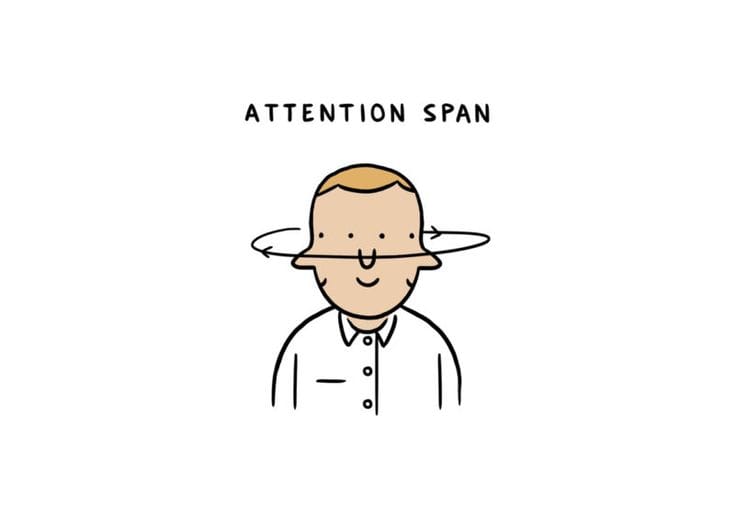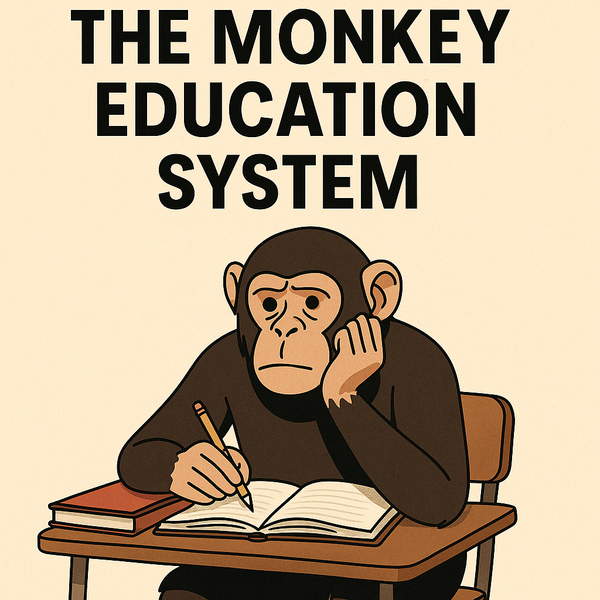ATTENTION SPAN IS A MYTH: You're Not Distracted, You’re Just Bored
It’s not that you can’t focus. It’s that your brain knows when something’s not worth it. Here’s why boredom is a signal not a flaw and how movement, curiosity, and real engagement unlock the focus you’ve been told you lack.

The problem isn’t your attention. It’s your environment.
If you’ve ever been told you’re “too distracted,” especially if you’re Gen Z, congrats—you’ve likely just been understimulated.
We don’t have broken brains. We have over-filtered ones.
"People say nothing is impossible, but I do nothing every day." – A. A. Milne (Winnie the Pooh)
The issue isn’t you flipping between tabs. It’s that what’s on those tabs wasn’t designed to hold you. Your brain wants movement, novelty, meaning—not mindless repetition.
Where the Myth Came From:
Workplaces were built for machines, not minds. Stillness, silence, sitting down for hours—these aren’t signs of focus. They’re signs of compliance.
True focus feels alive. It flows. It shifts, adjusts, breathes.
You're Not Distracted. You're Disengaged.
Here’s what looks like “laziness” or “poor attention” but is actually:
- Avoiding work with no clear purpose = craving clarity
- Tab-switching every 10 mins = needing variety to stay stimulated
- Daydreaming during meetings = boredom with top-down info dumps
- Struggling with 9-5 structure = rejecting outdated systems
"The cure for boredom is curiosity. There is no cure for curiosity." – Dorothy Parker
Relearning How to Focus (Monkey Style)
Let’s stop forcing people to work like robots. Let’s start working like curious primates again:
- Break the work into motion
Standing desks, walking meetings, body breaks your brain loves when your body’s in motion. - Make it a game
Add small wins, visible progress, a little chaos. Learning sticks when it’s fun. - Stimulate through storytelling
We remember narratives, not bullet points. Turn tasks into missions. - Give your brain something to chase
Novelty, autonomy, small risks. Let your instincts lead, not lag.
For Employers:
- Stop shaming “distraction” and start rethinking design
- Build tasks around outcomes, not hours
- Allow flexible focus: deep work zones, silent hours, collaborative bursts
For Employees:
- Notice what triggers hyperfocus vs. boredom
- Advocate for movement and flexibility
- Build systems that mimic how your brain likes to work
Final Thought:
You were never too distracted. You were just too alive for dead systems.
In the Monkey Education System, boredom isn’t failure it’s feedback. Your attention span isn’t broken. It’s selective. And that’s your power.
So stop apologizing for being “easily bored.” Start building work that’s actually worth your focus.
"You can’t depend on your eyes when your imagination is out of focus." – Mark Twain




